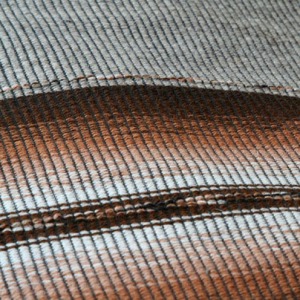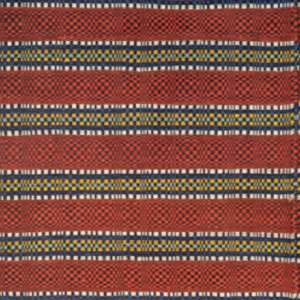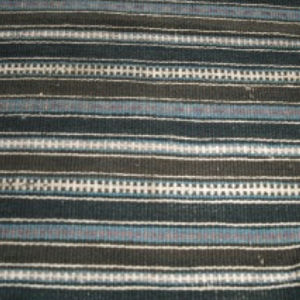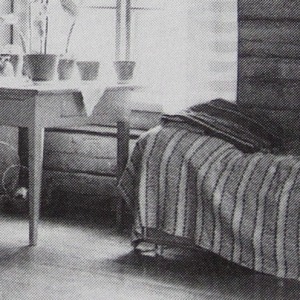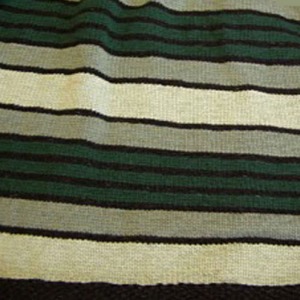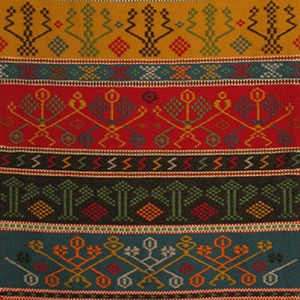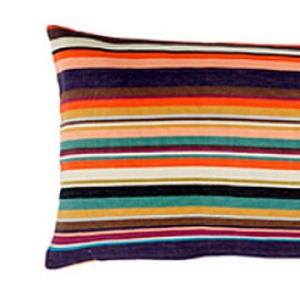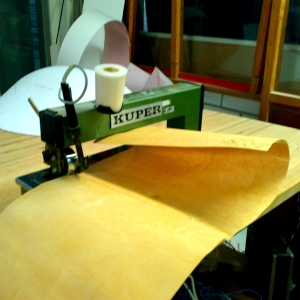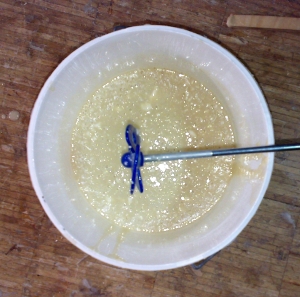For better sleeping comfort for the surface of mattress there is a specific knitted elastic fabrics used. First it was invented by dutch company Innofa and after many other mattress manufacturers started to produce same solutions.
In the fall of 2010 I visited this company and they introduced me with new Airvent fabric. It is this specific quality of this knitted stretch fabric – with better ventilation due to special air-grids in design.
I was really interested in this product as it fit to the concept of a new mattress (ergonomic, adjustable, recyclable, hypo allergic and easy to clean) we at company Nakts Mēbeles were working on. The only thing what raised doubts was the look of this fabric. In offered samples they seemed to me as “too much design” for Baltic and Scandinavian markets.
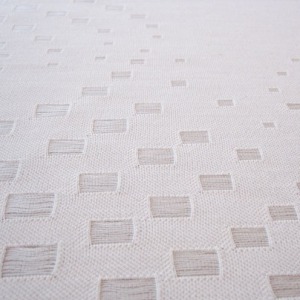
Therefore I was doing a small study on what people in these regions like to see as a cover for the bed. And the discovery clearly identified that since several centuries these are stripes.
I found some samples.
Latvian traditional blanket
Lithuanian traditional blanket
Estonian traditional blanket
Finnish traditional blanket
Swedish blanket
Norwegian traditional textile
Danish decorative bed textile
And later I was working on implementing lines in the design of the Airvent fabric, in collaboration with the stretch fabric manufacturer.
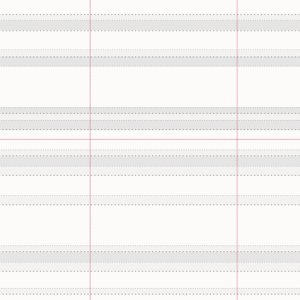
After several samples made by the manufacturer the result was really pleasant.
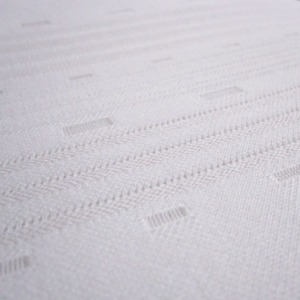
From the usage of this fabric I can say that people are still on the way of learning that for a good sleep it is very important what are the materials mattress is created from. People are wondering why a good mattresses can be complicated and consist from advanced materials. Nobody really see where we sleep on. Why to invest in it?
If we think of good sports shoes that has a close contact to our feet, it is logic that we choose shoes from reliable manufacturer and accept to pay price for design & material specifics.
Mattress is in close contact to all our sensitive body. Doesn’t it deserve more attention since we spend ⅓ of our lives there?
